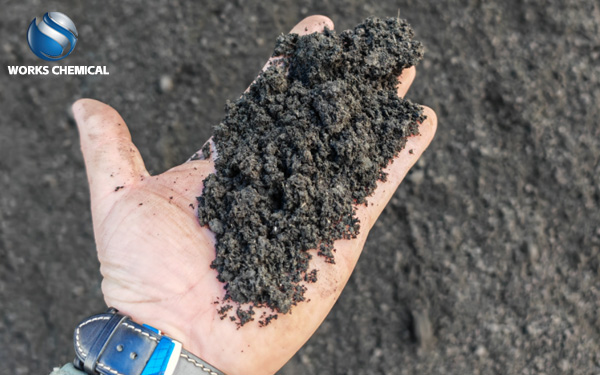
In the papermaking industry, sludge treatment is a dual challenge of environmental protection and cost control. Traditional methods such as landfill and incineration have problems like high treatment costs and the risk of secondary pollution. However, the emergence of sludge enhancers has provided a new solution for the industry. The following analyzes how it achieves the reduction of sludge volume from four dimensions: technical principles, application cases, effect data, and challenge responses.

I. Technical Principle: Chemical modification solves the dehydration problem
The sludge enhancer, through the synergistic effect of multiple components, specifically addresses the dewatering obstacles caused by the characteristics of papermaking sludge:
Cell wall breaking and water release: It can decompose the cell walls of microorganisms in sludge, release bound water, and reduce the sludge's water-holding capacity.
Flocculation modification: High charge density polymers, through electro-neutralization reactions, cause fibers, fillers and other particles to rapidly flocculate, forming large and dense flocs, reducing water entrapment.
Viscosity control: Reduce the viscosity of sludge, improve fluidity, prevent fibers from piercing the filter cloth during high-pressure dewatering, and ensure the integrity of the sludge cake.
Ii. Application Cases: Practical Verification from the Laboratory to the production Line
A paper mill in Zhejiang Province: Sludge drying and incineration project
The daily output of sludge with a moisture content of 65% is 700 tons. Even after traditional PAC+CPAM conditioning, the moisture content still reaches 50%, and the incineration calorific value is insufficient.
Solution: Introduce sludge enhancers and combine them with plate and frame filter presses.
Effect: The moisture content of the mud cake has been reduced to 35%, and its volume has decreased by 60%. It can be directly transported to the boiler for incineration, saving over 10 million yuan in sludge disposal costs annually.
Iii. Effect Data: Quantitative evidence of volume reduction
The moisture content has dropped sharply
The moisture content of the original sludge: 65%-80% → After using the enhancer: 35%-50%.
Case: In a certain paper mill application, the moisture content of the mud cake was reduced from 92% to 55%, and the weight reduction rate reached 60%.
The processing efficiency has increased exponentially
The filtration cycle is shortened by more than 50%, and the efficiency is increased by 100% to 500%.
Case: After a certain paper mill adopted the sludge efficiency enhancer, the daily processing capacity of a single plate and frame filter press increased from 50 tons to 150 tons.
Significant cost savings
Chemical cost: The treatment cost per ton of dry sludge is reduced by 30%-50%.
Equipment wear and tear: The filter cloth replacement cycle is extended by 2 to 3 times, and the maintenance cost decreases.
Iv. Future Trends: Intelligent and Composite Upgrades
Intelligent dosing system: By integrating online monitoring of sludge properties (such as pH and organic matter content), it automatically adjusts the proportion of chemicals to achieve precise conditioning.
Compound reagent development: Integrating biological enzymatic hydrolysis and chemical modification technologies to further reduce the moisture content and simultaneously decrease the dosage of reagents.
Resource utilization synergy: The dewatered sludge is used for incineration power generation, brick-making or composting, forming a closed loop of "treatment - resource utilization".
Conclusion
Sludge enhancers, through chemical modification, break through the physical limits of papermaking sludge dewatering and form a "chemical + mechanical" synergistic effect with plate and frame filter presses, thus becoming a technological innovation benchmark for sludge reduction. With the integration of pharmaceutical formula optimization and intelligent control technology, its application scenarios and efficiency improvement space will be further expanded, providing strong support for the green transformation of the papermaking industry.